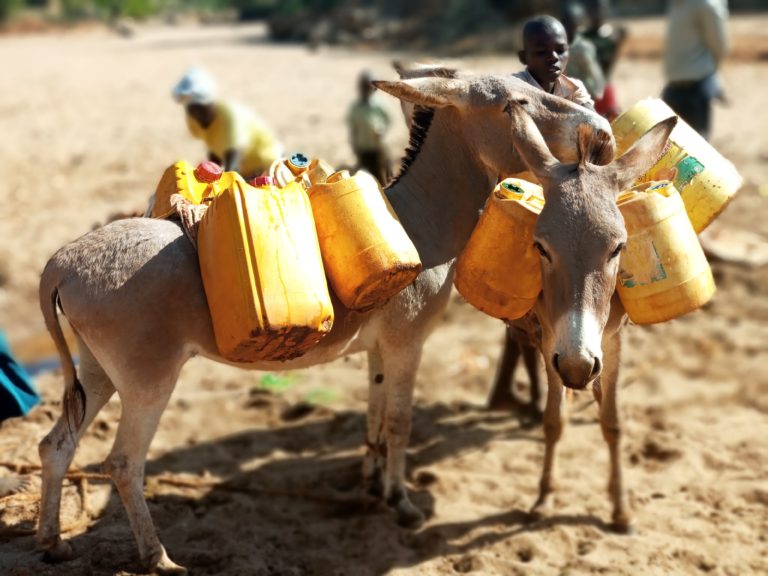Gender analysis of vulnerability and resilience to household water insecurity in Kitui County, Kenya: implications for institutional and policy response in the face of climate variability
Kitui is a semi-arid region characterised by unreliable rainfall and periodic severe droughts (2004-2005 and 2017). The county is home to around one million people and the population is predominantly rural with two out of three households classified as ‘poor’. High poverty levels are compounded by profound gender inequalities, with Kenya ranking 146 (out of 187) in the Gender Inequality Index. Previous studies have been addressing physical aspects of household water insecurity alongside the innovative solutions to water supply and management. Nevertheless, interventions spurred many questions, particularly in relation to socio-cultural dimensions and implications of particular forms of water governance.
This study uses an ethnographic approach to institutional analysis to explore formal and informal practices of water governance and management. It also aims to develop a gender-sensitive analysis on water related vulnerability and household insecurity. This will lead to a better understanding of cultural factors in water security and help inform inclusive and sustainable water supply, governance and management models.
This project is one of three Exploring Inequalities projects funded through our Partnership Funding.

Dates
May 2018 – July 2019
Study Site
Kitui County, Kenya
Organisation
Institute of Anthropology, Gender and African Studies, University of Nairobi
Publications
Bukachi, S.A., Omia, D.O., Musyoka, M.M., Wambua, F.M., Peter, M.N., & Korzenevica, M (2021) Exploring water access in rural Kenya: narratives of social capital, gender inequalities and household water security in Kitui county, Water International, DOI: 10.1080/02508060.2021.1940715
Blog
Can Social capital quench thirst? Evidence from rural Kenya, August 2020
